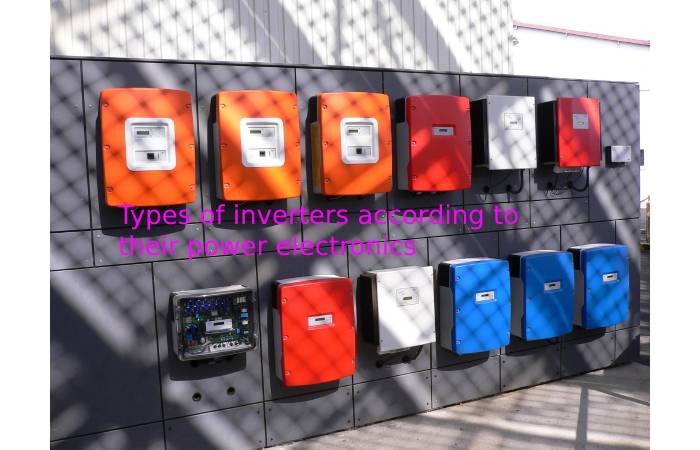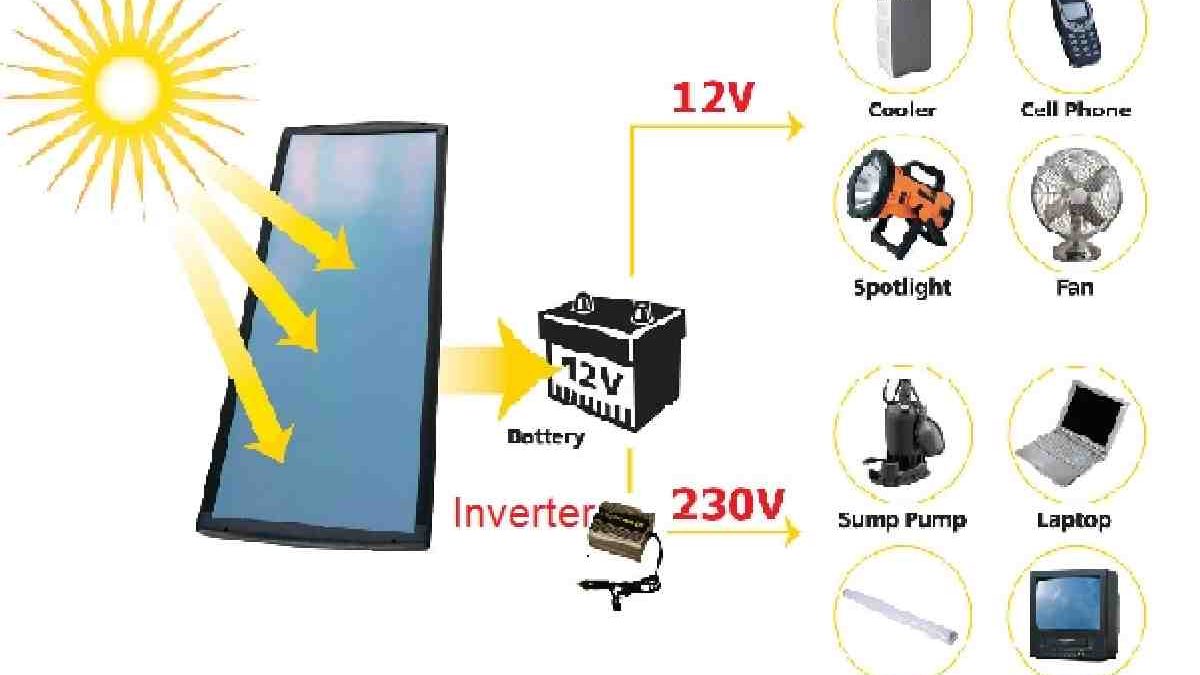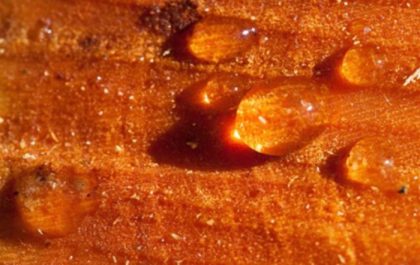Table of Contents
What is an inverter?
An inverter is an electronic device that changes direct current (DC) into alternating current (AC). The input voltage, output voltage. Frequency, and overall power handling depend on the specific device or circuitry design. A power inverter, inverter, or inverter is a power electronic device or circuitry that changes direct current (DC) to alternating current (AC). The resulting AC frequency obtaining depends on the particular device.
How long can inverter AC run continuously?
There is no such thing as the appliance will melt or get damages if run continuously for 24 hours. You can run your AC constantly for an entire week. I have try to running my Hitachi inverter split AC without turning it OFF for a whole week. Including results for types of inverters in power electronics. Search only for types of inverters in power electronics Search Results Feature snippet from the web.
What is an inverter used for?
An inverter provides an ace voltage from dc power sources .And helps power electronics and electrical equipment rates at the ac mains voltage. As they are widely using in the switched-mode power supply inverting stages. Inverter again converts the DC back to AC fed to the device. Since its behavior is to convert AC to DC for storing purposes and DC to AC for application, the name is the inverter. An Inverter can be most easily explaining as a device that converts electrical power into alternating power. Appliances at our homes use AC power to operate. Inverters kick in as a backup during power outages and supply the AC power to the devices.
After reaching the desires temperature, the inverter compressor does not entirely shut off. Instead, it operates at a lower speed to maintain the set temperature. There are a lot of benefits that inverters give you, but the foremost is that it saves energy and therefore save you money in the long run.
Inverters are uses in various applications, from small power supplies for computers to industrial applications for controlling high power. Inverters are also use to convert the direct current generating by photovoltaic solar panels, accumulators or batteries, etc., into alternating current and thus be injecting into the electrical network or uses in isolating electrical installations.
The inverter air conditioner or inverter is a type of air conditioner that uses a power inverter to set the speed of the compressor motor and thus keep the temperature constant, thus saving a minimum of 40% of electricity. A simple digital inverter consists of an oscillator that controls a transistor, interrupting the incoming current and generating a rectangular wave.
Can I leave my inverter on all the time?
Yes. It is possible but not advisable. When the inverter is kept on, it will quickly drain the battery. Even if no electronic appliance is connecting to the inverter, the battery will draw the power and start draining swiftly. The term inverter can also refer to a ” rectifier – inverter ” group, powering by alternating current and uses to vary the voltage and frequency of the alternating current at the output as a function of the input current (for example, for the feeding of particular machines.
Types of inverters according to their power electronics

Inverters are an essential part of an energy system since they convert direct current from purely renewable sources into the alternating current used by electrical devices and installations. Although there are different classifications, one of the most exact is its control electronics. Currently, the VSC technology is the one that offers the best outcomes in terms of functionalities since it allows voltage control through the injection or consumption of reactive power Q without including fixed compensations in the power systems.
String MPPT inverters, also called grid-tie, are used in solar systems. Directly associated with the SEP and cover small, medium, and large-scale needs. Allowing the possibility of interacting with the electricity grid by selling surpluses. These inverters can be single-phase or three-phase, and in most cases, they integrate two power conversion stages. Pure wave inverters are designed for autonomous or isolated systems, independent from electrical control systems, such as homes in rural areas.
Inverter – maximum efficiency
To obtain the maximum efficiency in charging the battery bank and for the solar receivers to work at full power. The most common is to use charge controllers or regulators with MPPT technology. It is designed to deliver high current levels, and its sine wave is of very high quality. Hybrid inverters can generate the necessary autonomous energy in a photovoltaic solar energy system and store it, inject it into the electricity grid or sell the surplus.
Conclusion:
The energy transition has two aspects that are taking place simultaneously. On the one hand, some systems promote self-consumption separated from the general electrical network. On the other hand, they are also frequently use for telecommunications.
Related posts
How to shine hair
How To Give Shine To The Hair Today in this post, we are successful in talking about a topic that…
6 Key Essentials To Check While Buying Live Resin Carts Online
Live resin carts provide users with unparalleled taste and smell when vaping marijuana. This is because they are made from…
WHAT DO YOU NEED TO CELEBRATE A WEDDING IN FORMENTERA?
Are you thinking of celebrating your wedding on an island like Formentera? You are lucky, I got married there, and…
Finance Mattress For Bedroom – Definition, Mattress Without Problems, Advantages, and, More
Definition Finance Mattress for Bedroom Means taking or purchasing a mattress on an Installment basis or Equated Monthly Installment (EMI)…
Why Spain is the world’s perfect holiday terminus for foreigners
Why Spain is the world’s perfect holiday terminus for foreigners Millions of tourists from everywhere globally long to see new…
The most in-demand yacht contract destinations of the last year
The most in-demand yacht contract destinations of the last year2024-04-18 Luxury yacht brokers report that 2021 was one of the…
5 Recommendations for Traveling with Incontinence
The traveling process may bring you some pleasure and make you feel wonderful, but in addition it presents some serious…
7 of the best places you duty travel to for the most excellent beer in the US
7 of the best places you duty travel to for the most excellent beer in the US Are you a…









